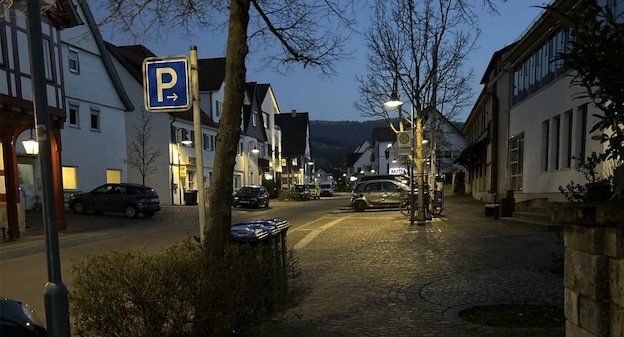On Silences

Text: Heikki Uimonen
Having started the SOMECO fieldwork, it is gratifying to note two recent publications on village environments. The one dealing with Lapland, Finland shows how experienced silences indicate the lack of vitality of the village, and how sounds considered meaningful by the community and individuals have disappeared. Another publication presents the abandoned mine and the silenced community, analysed through the concepts of hi-fi and lo-fi. The winter soundscape is characterised by the sound of vehicles, the barking of dogs and the footsteps of walkers. The lo-fi soundscape is barely perceptible, except for the hum of the air source heat pump.
Although the latter description could easily apply to the prosperous villages of Skruv and Bissingen, the silence of the former mining village is strikingly different. Or as the author analyses: “The environment rings, or more likely, it has silenced itself to a constant hi-fi soundscape (trans. Uimonen)”. This is a well-considered and positively contradictory interpretation, as the hi-fi soundscape implies a healthy and balanced environment, but at the same time it highlights the community’s tragic history.
Subjective silence invites us to reflect on the socio-cultural meanings and contexts associated with it. Above all, it is a matter of perception and the act of experiencing. Another point of reference can be found in the author Paul Bowles’ description of the phenomenon he calls the baptism of solitude (‘le bapteme de solitude’). The stillness and silence experienced in the Sahara outside the town gates is by no means a pleasant one, unless you “let something very peculiar happen to you”. After this transformation “no other surroundings can provide the supremely satisfying sensation of existing in the midst of something that is absolute”.
Albeit written by western listener and with the hint of exoticism, the description is enchanting and beautiful. Addictive silence and solitude are deliberately chosen by the writer. In his text he is the witness, the actor, and the narrator. The silences of the village mentioned above are entirely different: unwanted, distressing and those, where solitude and loneliness are forced.
The seminal publication Five Village Soundcapes, released during the roaring 1970s, addressed a range of subjects, including but not limited to, the impact of motorised traffic and the utilisation of combustion engines. A further focus of Acoustic Environments in Change was silence. It is essential that SOMECO researchers pose novel inquiries, for example: what forms of materialities and silences are exhibited by climate change and the Anthropocene, and how have these altered throughout history? On the way to Burg Bissingen an der Teck, a restored two-stroke Volkswagen Beetle from the early 1970s was followed by a contemporary electric SUV. The combustion engine of the nostalgic VW was three times louder than the electric motor of the fresh from the factory car.
Bowles, Paul. 1963. Their Heads are Green and their Hands are Blue: Scenes from the Non-Christian World.
Lyra, Aino. 2024. Hiljenevän kylän äänet
Pohjoissuomalaisen maaseudun äänimaiseman tarkastelua 2020-luvulla
Saarikivi, Taina. 2025. Lampinsaaren Kaivoshovi – Raunioiden hiljaisuus ja kyläläisten suru.
Kulttuurintutkimus 41.